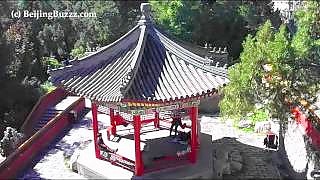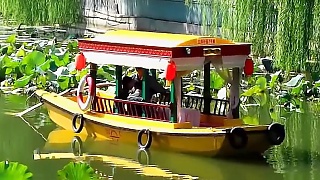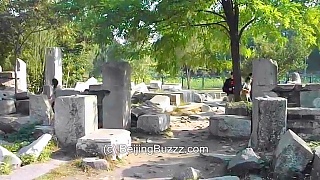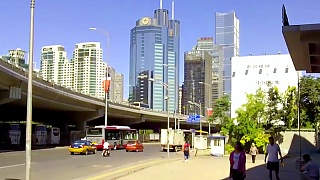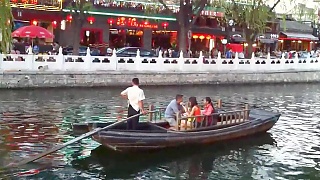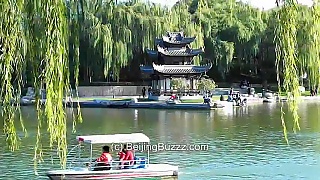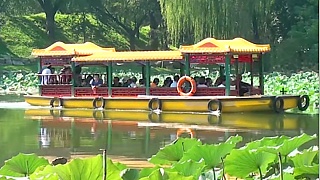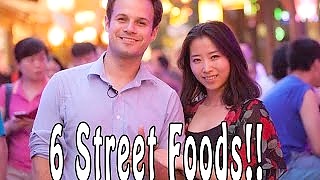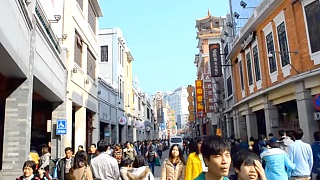With MisterVaughn ...
[640],shadow=true,start=,stop=With ABingYOLO ...
Welcome to BeiHai Park
Explore the historical and cultural wonders of BeiHai Park in Beijing.
Introduction
Beihai Park is one of the oldest, largest, and best-preserved ancient imperial gardens in China. It is located in the heart of Beijing and offers visitors a beautiful blend of traditional Chinese architecture, gardens, and waterways.
Location
Beihai Park is situated in the Xicheng District of central Beijing, just north of the Forbidden City.
History
Beihai Park has a history of over 1,000 years, dating back to the Liao Dynasty. It was extensively renovated and expanded during the Jin, Yuan, Ming, and Qing dynasties, with significant contributions from Emperor Kublai Khan of the Yuan Dynasty. The park has served as an imperial garden and a place of worship for several Chinese dynasties.
Attractions
- White Dagoba: An iconic white stupa located on Qionghua Island, built in 1651 to honor the visit of the 5th Dalai Lama to Beijing.
- Qionghua Island: The central island of Beihai Park, featuring beautiful pavilions, halls, and scenic views.
- Nine-Dragon Screen: A 27-meter-long, 6.65-meter-high glazed-tile wall depicting nine vivid dragons playing in the clouds, built in 1756.
- Five-Dragon Pavilions: A group of five connected pavilions overlooking the lake, perfect for relaxing and enjoying the scenery.
- Jade Flowery Islet: An islet with lush vegetation, bridges, and historical buildings, including the Hall of the Heavenly King.
- Yong'an Temple: A Buddhist temple on Qionghua Island, featuring stunning architecture and peaceful gardens.
- Round City: A small city within Beihai Park, surrounded by high walls and featuring the Chengguang Hall, which houses a large jade Buddha statue.
- Eastern Shore Area: Includes attractions like the Hao Pu Creek Garden and the Iron Screen Wall.
- Western Shore Area: Features the Pavilion of One Thousand Buddhas and the Garden of Tranquil Heart.
- Jingxin Studio
- Western Heaven Temple
- Fangshan Restaurant
Activities
- Boating on Beihai Lake
- Strolling through the gardens
- Photography
- Visiting historical and cultural sites
- Enjoying traditional Chinese performances
- Participating in seasonal festivals and events
Facilities
- Visitor Center
- Restrooms
- Gift Shops
- Cafes and Restaurants
- Parking Lots
- Boat Rental Services
- Guided Tour Services
Visitor Tips
- Wear comfortable walking shoes.
- Bring water and snacks, especially if you plan to stay for several hours.
- Visit early in the morning or late in the afternoon to avoid crowds.
- Check the weather forecast and dress appropriately.
- Respect the cultural and historical significance of the site; behave appropriately and follow all rules and guidelines.
- Take advantage of the boat rental services to explore Beihai Lake from a unique perspective.
Beijing, the capital city of China, is a vibrant metropolis steeped in history, culture, and modernity. Here's a brief overview of what you can expect as a tourist in Beijing:
Historical Landmarks:
The Great Wall of China: One of the most iconic structures in the world, the Great Wall is easily accessible from Beijing. Mutianyu and Badaling sections are popular among tourists.
Forbidden City (Palace Museum): A UNESCO World Heritage Site, this vast imperial palace complex was home to Chinese emperors for over 500 years. It houses numerous halls, courtyards, and historical artifacts.
Temple of Heaven: A masterpiece of Chinese architecture, this ancient temple complex served as a place of worship for emperors to pray for good harvests.
Summer Palace: A stunning ensemble of lakes, gardens, and palaces, the Summer Palace served as a retreat for emperors during the Qing dynasty.
Tiananmen Square: One of the largest city squares in the world, Tiananmen Square is flanked by important landmarks such as the Monument to the People's Heroes, the Great Hall of the People, and the Mausoleum of Mao Zedong.
Cultural Sites:
Beijing Hutongs: Explore the narrow alleyways and traditional courtyard residences of Beijing's historic neighborhoods. You can take a rickshaw tour or simply wander around on foot.
Beijing Opera: Experience traditional Chinese opera performances at venues like the Liyuan Theater or the Chang'an Grand Theatre.
798 Art District: A hub of contemporary art and culture, this former industrial area is now home to numerous galleries, studios, and cafes.
Modern Attractions:
Olympic Park: Visit iconic structures such as the Bird's Nest (National Stadium) and the Water Cube (National Aquatics Center) from the 2008 Beijing Olympics.
CBD (Central Business District): Marvel at the futuristic skyline of Beijing's modern business district, which includes landmarks like the CCTV Headquarters and the China World Trade Center Tower III.
Culinary Delights:
Peking Duck: Indulge in Beijing's most famous dish, crispy roast duck served with pancakes, scallions, and hoisin sauce.
Street Food: Explore the city's vibrant street food scene and sample local delicacies like jianbing (savory crepes), lamb skewers, and dumplings.
Practical Tips:
Transportation: Beijing has an extensive public transportation system, including the subway, buses, and taxis. However, traffic can be heavy, so plan your travels accordingly.
Language: While English is not widely spoken, especially outside tourist areas, many signs and transportation announcements are in English. It's helpful to carry a translation app or a phrasebook.
Weather: Beijing experiences four distinct seasons, with hot summers and cold winters. The best times to visit are spring (April to June) and autumn (September to October) when the weather is mild and comfortable.
Etiquette: Respect local customs and traditions, such as removing your shoes before entering someone's home and using both hands to pass or receive items.
Beijing offers a rich tapestry of experiences for tourists, blending ancient heritage with modern innovations. Whether you're fascinated by history, culture, or culinary delights, there's something for everyone in this dynamic city.
 The awesome BeiHai Park 北海公园 in BeiJing
The awesome BeiHai Park 北海公园 in BeiJing




